A Comprehensive Guide to the Pontiac Trans Am (1970-1981)
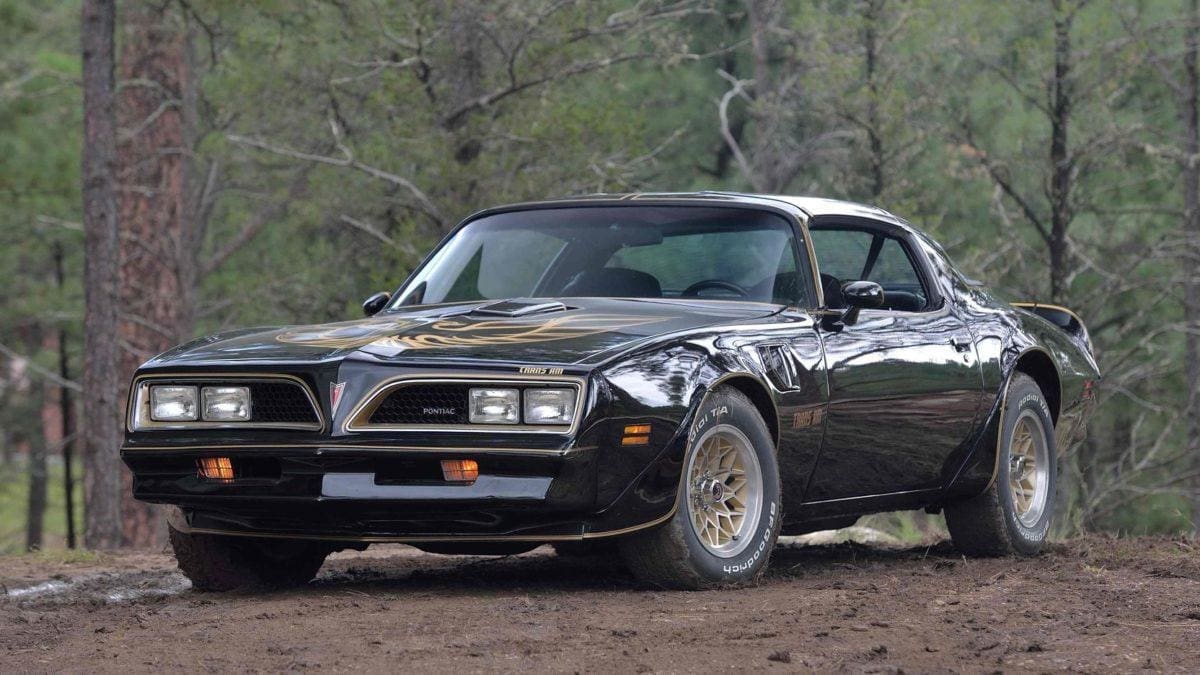
Contents
Originally the Pontiac Trans Am was a flop. Launched in 1969, just 697 were sold that year.
But the highly stylized and high-performance version of the Pontiac Firebird would soon become the automotive icon of the following decade and a bona fide favorite of car collectors all over the world.
Named for the Sports Car Club of America’s popular “Trans Am” racing series, the model cost Pontiac a $5.00 royalty for every Trans Am it sold. It didn’t add up to much at first, but in 1970, Pontiac redesigned the Firebird, along with the Trans Am, and its second generation would go on to sell in huge numbers.
Best known for its massive “Screaming Chicken” hood decal, the second-gen Trans Am was produced for more than a decade, making it one of the most successful American muscle cars ever. And today, after several decades of middling interest, their values are on the rise.
Here’s everything you need to know before you buy yours.
The Smokey and the Bandit Factor
Throughout the 1970s, Pontiac Trans Ams were driven on the big screen by a long list of Hollywood A-listers, including Sylvester Stallone, John Wayne, and even Steve McQueen. But the actor most often associated with the car is, of course, Burt Reynolds.
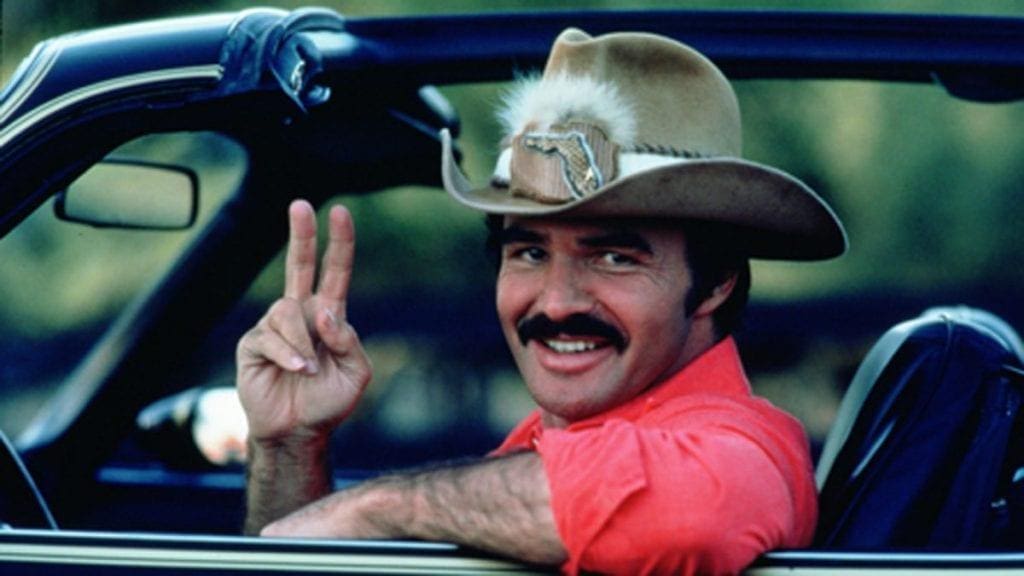
From 1977 to 1981, Reynolds drove Pontiac Trans Ams in three popular films: Smokey and the Bandit, Hooper, and Smokey and the Bandit II. The first Smokey was a huge hit, grossing more than any other movie released in 1977, besides Star Wars.
In the action comedy, Reynolds drives a black and gold 1977 Trans Am with T-Tops. Appearing just 11 minutes into the film, it immediately became the dream car of millions, giving a massive boost to Trans Am sales through the end of the generation’s run in 1981.
Now a classic, Smokey and the Bandit remains a driving force behind the popularity of these cars nearly 50 years later, making it one of the most successful product placements of all time. Three generations of fans are now buying the “Bandit” Trans Am they’ve always wanted.
Recent Values
Like many, I wanted a Trans Am ever since my father took me to see Smokey and the Bandit in the theater. I was just seven years old. About twenty years later, I finally bought one: a black 1976 Pontiac Trans Am that I picked up from the original owner in Southern California for $7,000. It was rust free, in great shape, and I’ve been driving it and entering it in car shows ever since.
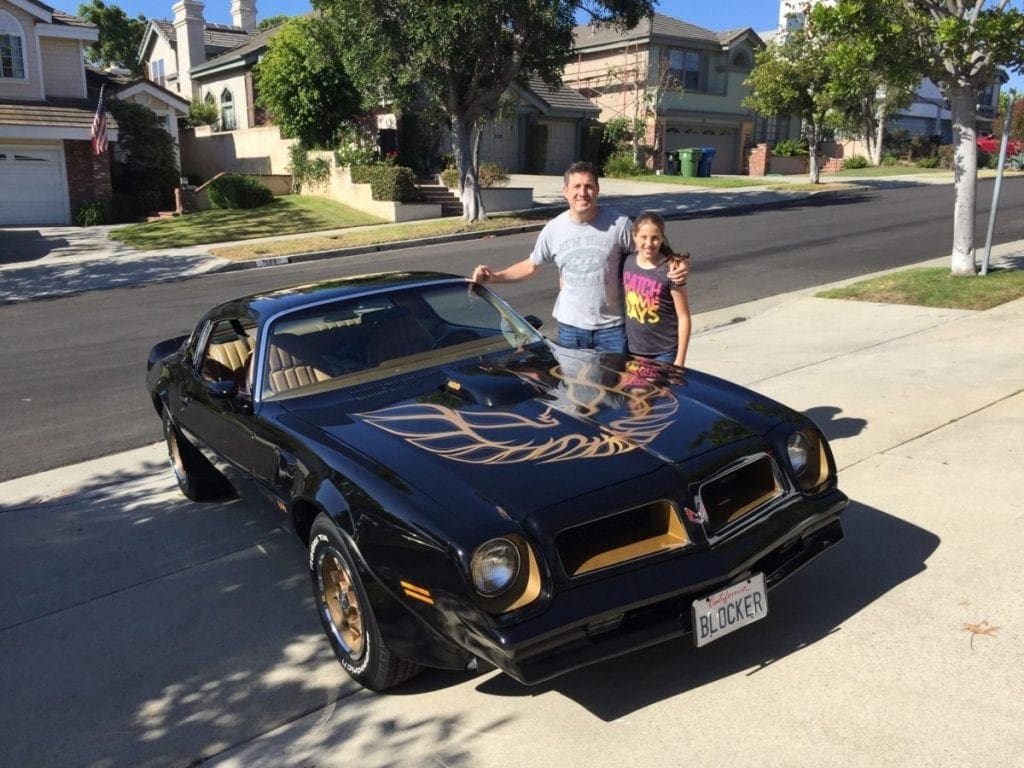
My timing was right. The values of Trans Ams from the 1970s have been climbing ever since — particularly in the last ten years. Today, according to Hagerty, the industry-leading collector car insurer, the median value for a 1970-1981 Pontiac Trans Am in #3 (or “good”) condition is just over $30,000, and my particular car is now worth about $21,000.
Hagerty recently recommended that buyers get their hands on a second-generation Trans Am before prices rise any further, noting that “the 12-month average sale price for the Trans Am is up 38 percent compared to a year ago, and 57 percent more cars were offered in the last 12 months than the year prior.” These trends have continued.
Special Editions and Pace Cars
If you want a Trans Am just like Burt’s, you desire a rare bird. Trans Ams were offered in many colors in 1977, including Starlight Black. But production of the the Special Edition Trans Am with the gold trim — often referred to as the Bandit Edition, and designated by option code Y82 with T-Tops and Y81 without — was just 3,760 units for the year.
Watch out for Special Edition clones. Because of the desirability of a Bandit Edition, some dishonest sellers will paint a regular Trans Am black, install gold pinstriping and trim, and then try to pass it off as the real thing.
Pontiac actually sold the black and gold version of the Trans Am from 1976 to 1981. It was the creation of designer John Schinella, who seems to have borrowed the idea from black and gold livery of the era’s Lotus Formula 1 cars sponsored by John Player Special. It was a stroke of genius.
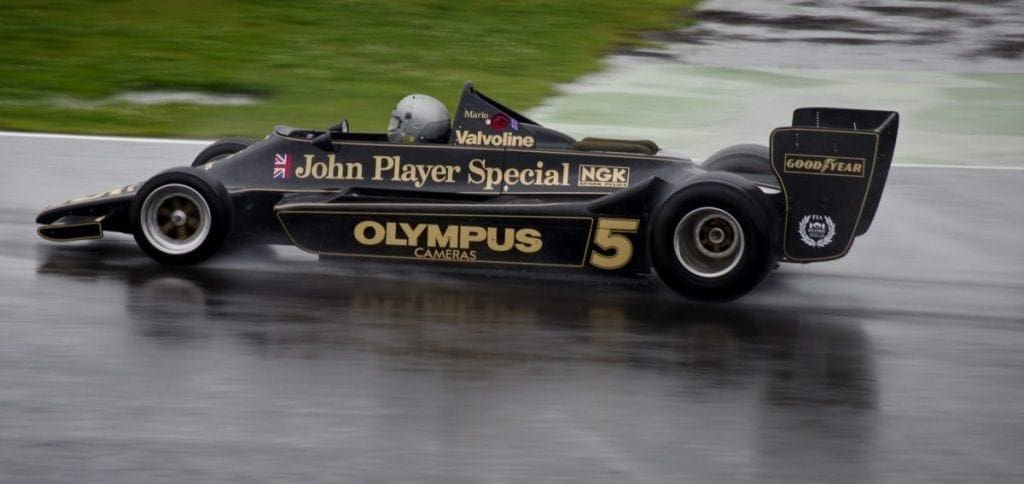
He first debuted the color scheme on a 1974 show car, which made appearances at auto shows around the country. In 1976, it finally hit the showroom floor as the Trans Am Limited Edition, a special model to commemorate Pontiac’s 50th Anniversary. These were also the first Trans Ams to get T-Tops, though manufacturing issues limited production of those greatly. Of the 2,590 Trans Am Limited Editions built that year, just 643 got the removable glass roof panels.
In 1978, the Black Special Edition became option code Y82 and Y84, while from 1979 to 1981, it was only code Y84. In 1978, Pontiac also began selling the Gold Special Edition Trans Am (Y88), which reversed the color scheme: gold paint with darker graphics and trim. A total of 8,676 were sold.
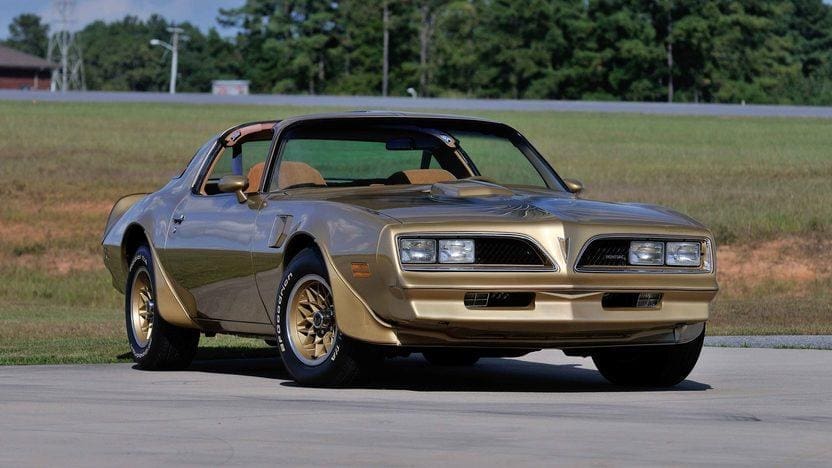
In 1979, Pontiac sold the most Trans Ams ever, about 117,000. That’s nearly 60 times the number it sold in 1971. Exactly 7500 of those were Trans Am Tenth Anniversary Edition models. Very popular with collectors today, these silver Trans Ams feature special graphics, new finned turbo wheels, and a wild silver leather interior.
A year later, the Trans Am was the pace car for the Indy 500 for the first time, and Pontiac sold 5,700 replicas. These were all white with white turbo wheels and special charcoal graphics. In 1980, it was replaced with the NASCAR Pace Car edition, which was also white but with black accents and special Recaro seats. Just 2,000 were sold.

These special editions and pace car editions always demand a premium over the more ordinary Trans Ams from these years. For instance, the average price of a 1979 Trans Am (with the 400 Pontiac V8) is $22,500, according to Hagerty’s Valuation Tool, while a Tenth Anniversary Edition in the same condition is worth about $10,000 more. According to Hagerty in 2019, “Prices for the 1979 10th Anniversary and 1979 Special Editions were up an average 5-10 percent, but everything else is treading water, which means the T/A could be on the verge of a jump.”
Facelift History
Design chief John Schinella gave the Trans Am numerous successful facelifts throughout the 1970s, and buyers should be aware of the visual differences from year to year.
The original Trans Am body was penned by designer Bill Porter, and lasted until 1973. From 1970 to 1972, it was only offered in two color schemes: white with a blue strip, and blue with a white stripe.
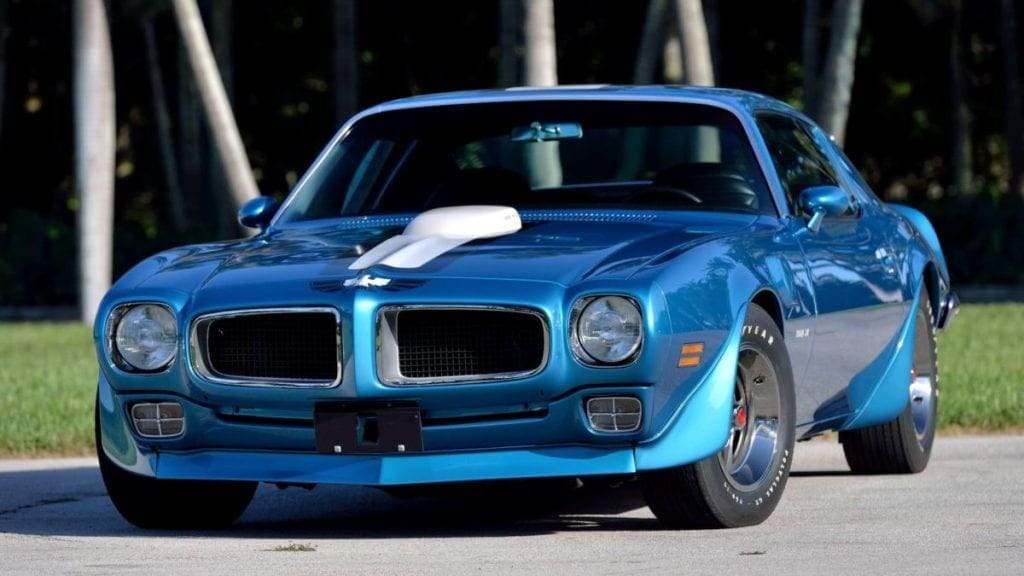
In 1973, the stripe was history, along with Lucerne Blue. The Trans Am was now offered in Cameo White, Buccaneer Red, and the rare one-year-only color of Brewster Green.
In 1974, more colors were added, and the chrome rear bumper was replaced with a more integrated design. The Trans Am also got a new nose and larger taillights. In 1975, its rear window expanded, and in 1976 its bumpers were integrated even further for a smoother look.
For 1977, there was an all-new front end with four-headlights, a reshaped hood scoop, and a more beak-like nose. This is the body style made famous by Burt Reynolds, and it lasted for two years. This is also the year that the popular snowflake wheels debuted. Cast aluminum, they are lighter than the heavier Rally II and Honeycomb designs, which are steel.
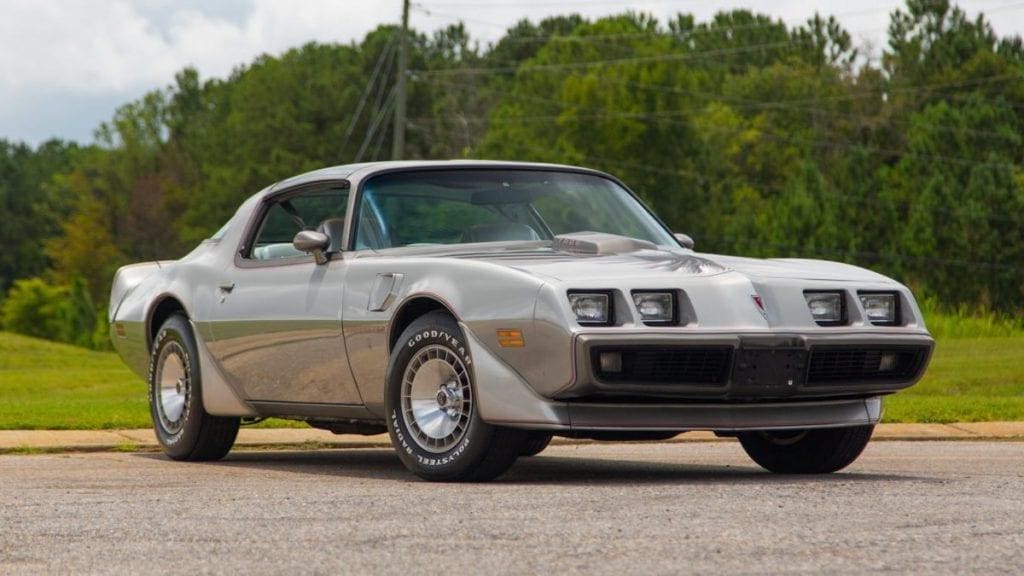
In 1979, the Trans Am’s look was revamped yet again with taillights that stretched across its rump and a longer front end with lower more pronounced grilles. This design would last until 1981, and it was the one driven by Reynolds in Smokey and the Bandit II.
Rare and Collectible Versions
Like most muscle cars, the most valuable Trans Ams are usually the rarest examples with the most horsepower. For instance, in 1970 Pontiac only sold 3,196 Trans Ams and just 88 with the 370 hp Ram Air IV engine, the most powerful available in a Trans Am between 1970 and 1981. A 1970 Trans Am with the base 345 hp engine in good condition is worth about $44,000, while a Ram Air IV car is valued at an average of $130,000.
This is also the case with 1973 and 1974 models. With an average value between $16,000 and $25,000, a Trans Am of this vintage with the standard, less powerful engine is far more affordable than one equipped with the optional high-performance Super Duty 455 cubic inch mill. With just 252 made, a 1973 example with the SD455 engine commands a $100,000 premium. In 1974, SD455 production climbed to 943 units, so they’re not quite as valuable, with an average price of about $65,000.
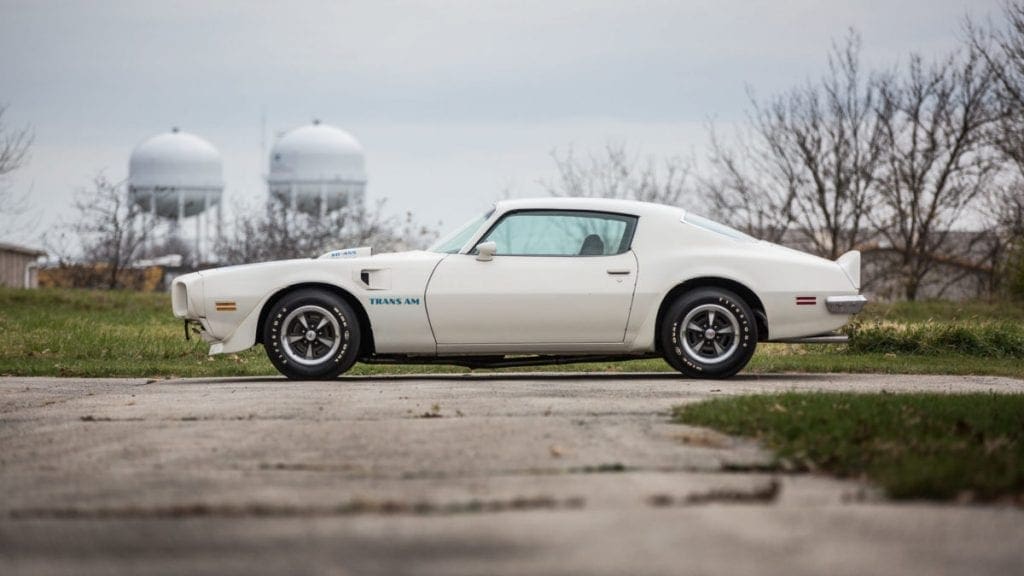
Later in the decade, horsepower dropped, and sales increased. So generally the later cars are more affordable. However, there are exceptions, and this is where the Smokey and the Bandit factor comes into play. A run of the mill 1977 or 1978 Trans Am is worth an average of about $20,000. But a Special Edition like Burt’s movie car is valued at two and half times that number.
Most Trans Ams built in this era were equipped with an automatic transmission, so cars with a 4-speed manual usually cost a bit more. This also goes for cars with the WS6 Special Performance Package, which was first introduced in 1978 and included thicker rear sway bars and more aggressive wheels and tires, and a year later added four-wheel disc brakes.
The “Screaming Chicken”
It’s affectionately known as the “Screaming Chicken,” though some prefer to call it a “Rising Phoenix” or “Firebird,” and occasionally the unenlightened refer to it simply as an eagle or a hawk. Whatever you call it, the Trans Am’s massive hood sticker is arguably the largest and most recognizable decal in automotive history.
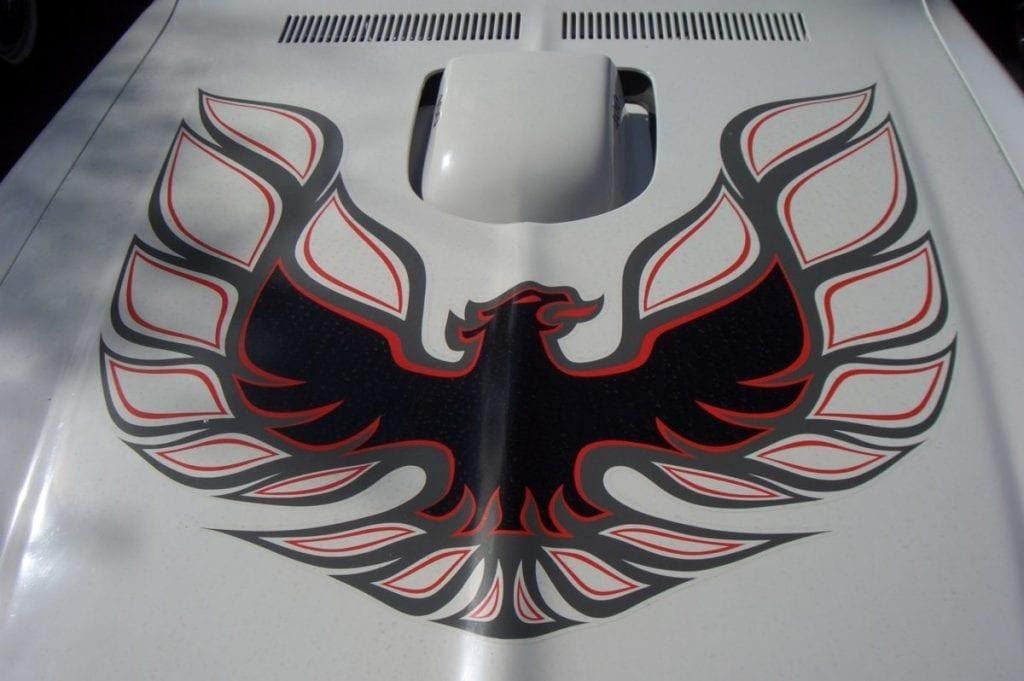
In 1973, Pontiac officially called it the “Trans Am Hood Decal” and introduced it as option code WW7. It was an option, and it was always an option. Although it was popular, it wasn’t for everyone, and many Trans Ams were not equipped with the iconic graphic. Pontiac did, however, make it standard on every Special Edition, Anniversary, and Pace Car Trans Am sold between 1976 and 1981.
The Big Bird went through many mutations over the years, changing in size, design, and cranial direction, with its head sometimes pointing left and sometimes pointing right. As a result, several decades and more than a few questionable restorations later, a bunch of cars out there are now wearing the wrong bird.
Recently a modified 1976 Trans Am sold at a big auction for $80,000, despite the fact that it was clearly wearing a hood bird from 1979. Perhaps it was chosen to suit the owner’s taste, or maybe they just bought the wrong decal kit. In any case, it didn’t seem to hurt that car’s value. Still, if you’re shopping for a restored example, be sure to check the bird and other graphics for accuracy. If the restorer got them wrong, they may have also cut corners in places that you can’t easily see.
Engine History
From 1970 to 1976, Pontiac powered the Trans Am exclusively with Pontiac V8 engines measuring either 400 or 455 cubic inches, and several versions of each were offered over the years.
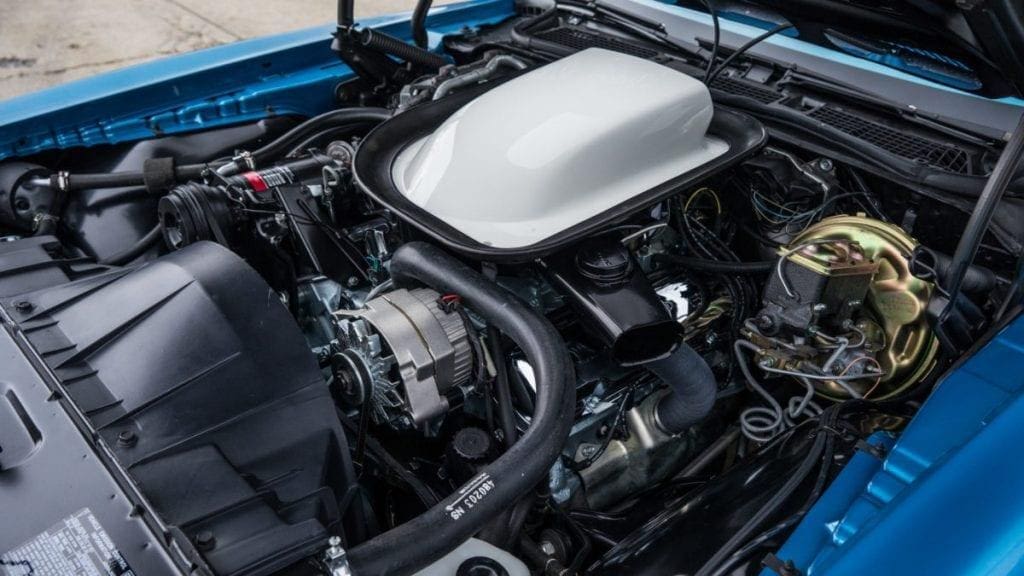
From 1977 through 1979, Pontiac dropped the 455 option in order to meet ever tightening emissions regulations, especially in California. Instead, it offered an Oldsmobile 403 cubic inch V8, which found its way into over 100,000 Trans Ams. Power was comparable to the still-available Pontiac 400, so there wasn’t much of a performance difference between the two, but you should know what you’re buying.
Oldsmobile 403 powered cars should have a hood scoop graphic that reads 6.6-liter, while on Pontiac 400 powered cars, it should read T/A 6.6. However, those graphics are easily changed, and many of the cars have the wrong stickers in place. If there’s any question, just pop the hood. If the engine has an oil filler tube in the front, it’s the Oldsmobile. If not, it’s the Pontiac.
From 1979 to 1981, Pontiac also sold Trans Ams with a 301 cubic inch Pontiac V8, making just 150 hp. In 1980 and 1981, a 305 cubic inch Chevy V8 and a turbocharged version of the 301 were also offered, neither of which made much horsepower. The turbo engine, standard in the Pace Cars, was the most powerful of these, generating 210 hp. However, they’re considered fragile.
Buying Tips
Before you purchase any second-gen Trans Am, make sure to inspect it for rust. And look everywhere, especially on T-Top cars. The roof panels are notorious for leaking.
Don’t be afraid to buy a car with a few needs. Parts for these cars are easy to come by. There are several parts companies that sell Trans Am restoration parts, offering everything from new body panels to carpets and decals. Essentially every part of these cars is still available.
However, if you’re thinking about a more involved restoration, consider working with a shop or restorer that knows and understands these cars inside and out. Shops like Restore a Muscle Car in the Nebraska and Trans Am Specialties in Florida, for example, specialize in these Trans Ams and do great work.
If money’s no object, we recommend targeting your search to one of the SD455-powered cars produced from 1973 or 1974. As noted earlier, these range from $65,000 to over $100,000 for nice examples.
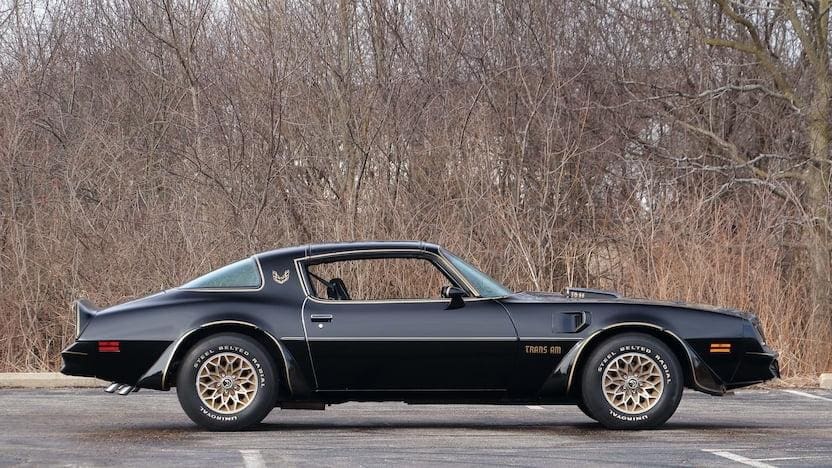
A more affordable alternative would be a 1977 or 1978 Special Edition, which will set you back about $50,000 for one in good condition. Thanks to Burt, these black and gold cars will always be desirable, so they should hold their value. Plus they have 220 hp, the most of any Trans Am from the later model years.
For bang for your buck, both the 1970 Trans Am with the standard Ram Air III engine and the 1971 Trans Am with the 455 H.O. are excellent choices. These should hold their value because they were the most powerful Trans Ams offered in this era, and they were built in relatively small numbers, with just 3108 sold in 1970 and 2116 in 1971.
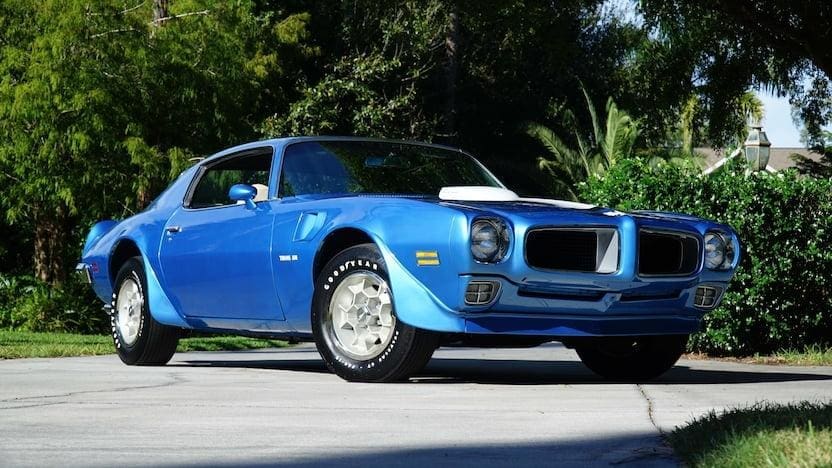
They also offer the exterior design in its purist form, which is why they remain the favorite of Bill Porter, the Trans Am’s designer. He still owns one on the Honeycomb wheels that he also designed, which debuted in 1971. Good condition examples cost between $30,000 and $50,000.
For pure affordability, consider a 1974 to 1976 Trans Am with the base engine. These model years tend to get lost between the early cars and the later Smokey and the Bandit designs, so they cost less. Although some prefer the smoother bumpers of the 1976 model, a 1974 has the most power, at 225 hp, because a catalytic converter wasn’t added until 1975. Still, they all perform about the same if they aren’t modified. Good condition examples should cost between $15,000 and $25,000.
The Bottom Line
Any classic car enthusiast can have fun owning a second generation Pontiac Trans Am. They’re easy to drive, they’re reliable, and they’re simple to fix and upgrade as you pack on the miles. Plus, most were built with air conditioning, so they’re comfortable. These Trans Ams are also fun to be seen in, and they’re popular at car shows. Mine is always a hit at the local cars and coffee.
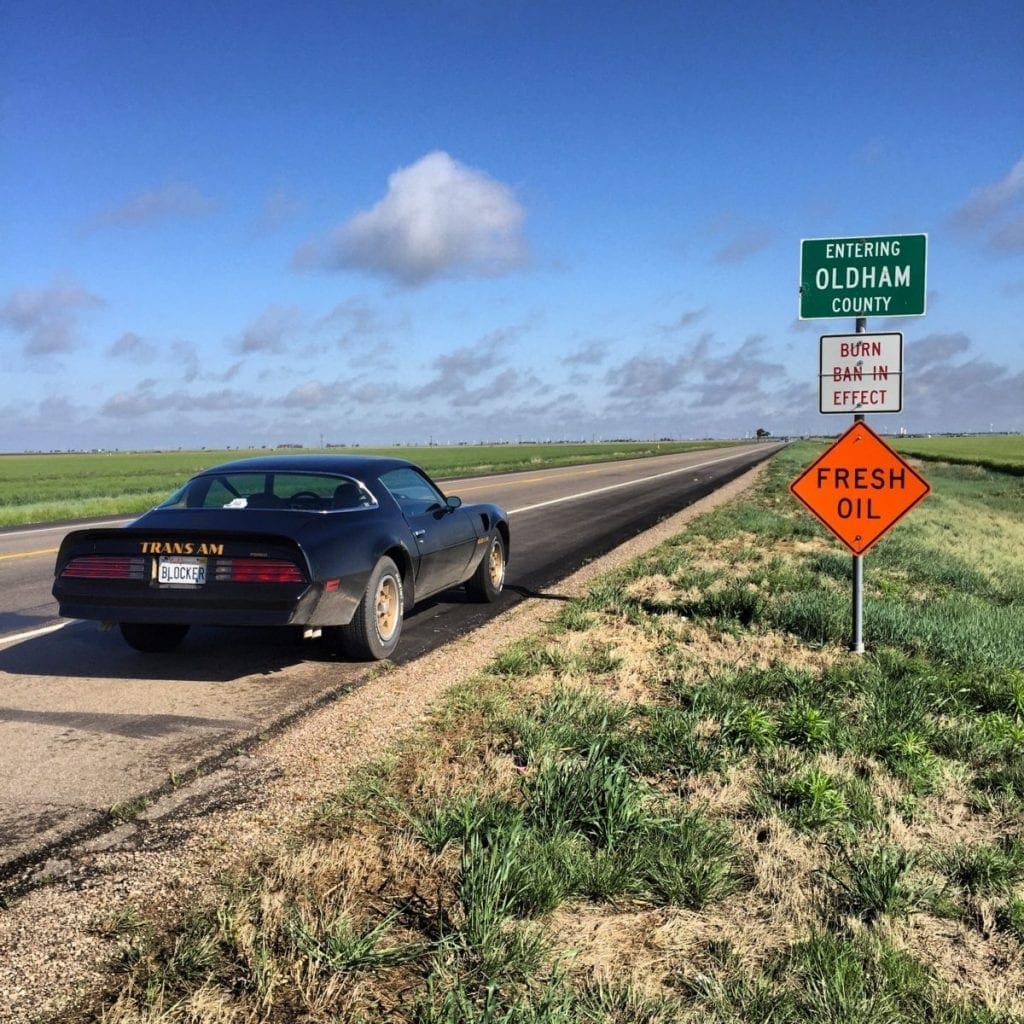
If you buy one, be sure to check out The Bandit Run, an annual week-long pilgrimage for Trans Am enthusiasts. Don’t miss it — it’s a blast.
I’ll see you there.
Photos courtesy Mecum, Wikimedia Commons, and the author